In this section, we discuss energy efficient solutions and the possibility of nZEB with the LowUP project partners. Our debut interview features Jouni Helppolainen who shares some barriers to energy efficient solutions in buildings and how to overcome them.
LowUP: Tell us a bit about your company. What does it do and in which way is it involved in energy efficiency?
Jouni: Wasenco Oy is a start-up company in a cleantech sector. The company is located in Lahti, south part of Finland where it develops and delivers innovative heat exchangers to apartment buildings, hotels, swim halls, hospitals and heavy industry prosesses. With Wasenco’s Ecowec™ Hybrid Heat Exchanger, waste water heat from buildings can be collected and reused without need for cleaning or maintenance. Waste water can include solid waste like paper, toilet water, food waste and washing water from showers and taps. In apartment buildings, hot domestic water takes up roughly 30-50 % of total heating costs. Recovering and reusing waste water can make a huge improvement on energy efficiency.
LowUP: What is your company’s role in the LowUP project?
Jouni: Wasenco will develop a new high-efficient Ecowec ™ heat recovery system for waste water recovery in Heat LowUP-project. The system will be integrated for other sustainable and renewable products such as solar heat, solar electricity, heating and cooling systems. Wasenco will be involved in product development, testing, analysing and improvements for the product and control systems.
LowUP: When do you think the nZEB (near-zero buildings) will become a reality? How do you see the energy efficient building market in 10 years?
Jouni: The nZEB itself can be seen as an overall target, but it is seen differently in each country. Targets vary a lot depending on building laws and regulations in each country. There are many new excellent products and solutions to construct nZEB-buildings even today. These new systems need to be more energy-efficient, they also need to have a better life cycle assessment before construction companies will benefit using them. By solving this issue, we can start to produce nZEB-buildings immediately. Energy-efficient buildings should be seen as cost-efficient buildings.
LowUP: What do you think are the main barriers for energy efficient solutions in buildings?
Jouni: As stated earlier, by offering new products and solutions to existing construction model you will hit the barrier. Construction companies don’t want to change their way of operating unless their can achieve more profit. One solution would be to find the most cost efficient energy heating and cooling system. Each product component should be valuated solely, but also as part of the whole system. In the future, there will be multiple product and component combinations which would be suitable for nZEB-building.
Comments are closed.

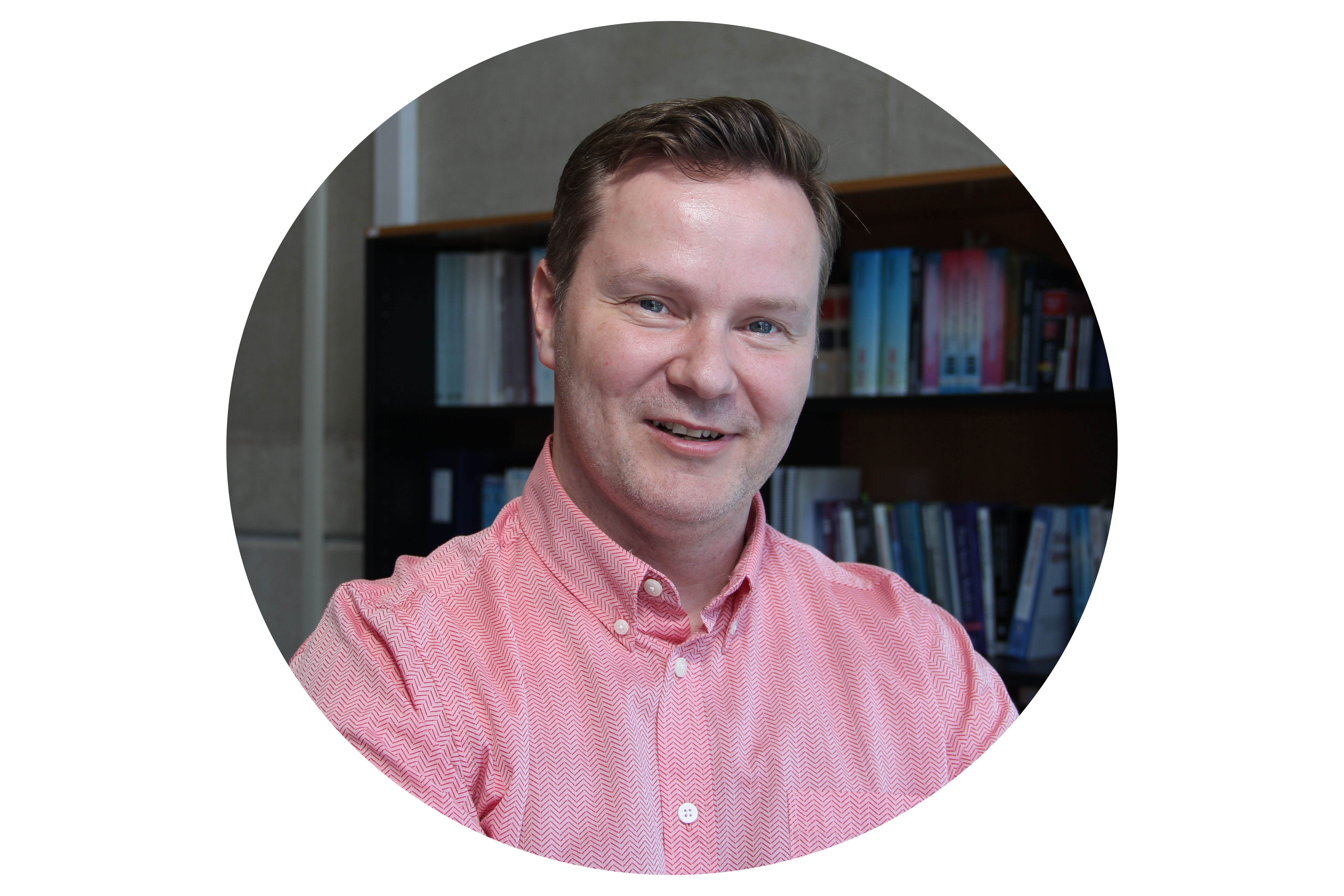

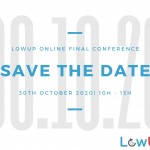
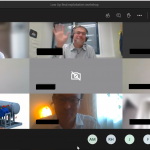

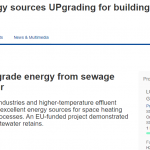
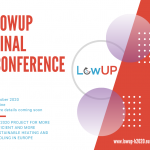
 The LowUP project has received funding from the European Union’s Horizon 2020 Research and Innovation Program under Grant Agreement n°723930.
The LowUP project has received funding from the European Union’s Horizon 2020 Research and Innovation Program under Grant Agreement n°723930.